I was teaching in a 6th grade classroom one day when I was struck by the way some students were talking about what a dangerous world we live in, with “bad” people lurking everywhere in it.
“How many bad people do you know?” I asked.
“Oh, not many, really. But there ARE a lot of bad people in the world! Haven’t you watched the news, Mrs. Gillen?”
“Of course,” I replied. “But think about your own life. Do you think you know more bad people or good?”
They were well aware that the good people they knew far outnumbered the bad. They just believed what they saw and heard in the media more than they believed in what they experienced in their own lives.
This is the kind of thing that compelled me to write my first book for kids, Good People Everywhere. I needed to provide a realistic perspective of the world.
Stranger Danger & Mean World Syndrome
Think about how you go through a typical day, all your interactions with other people. More than a few of those are with people you don’t know at all – from the grocery store clerk to the Uber driver whose car you just got into, and plenty of folks in between.
We talk to strangers all the time. We trust them to do the right thing. Living well in the world requires this kind of trust.
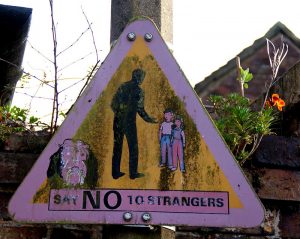
When we’re constantly feeding our brains with images of violence and other harm, we’re easily persuaded to believe that the world is far more dangerous than it is – a perspective we’ve looked at before, known as “Mean World Syndrome.” Our attachment to digital devices and social media has only seemed to intensify this effect – not only by delivering us even more negative content but by distancing us even more from real world interactions that could offer counterevidence to that media stream.
So how do we navigate this? How do we balance the need to maintain safety with, especially, children’s needs to 1) feel secure in their world, and 2) develop the social-emotional skills that can help them live well?
Teaching “Yes” Instead of “No”
One reason why social-emotional learning has become so much more of an intentional thing is that kids today often lack the opportunities we enjoyed for developing those skills naturally – especially time for free play and interacting with a wide range of people in our community, even “strangers.” For kids, such spontaneous interactions are time for practicing skills like communication and developing empathy.
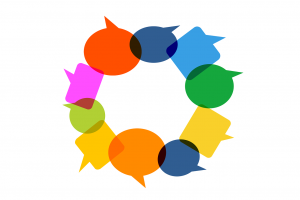
One of the most important steps we can take toward striking a balance, I believe, is by spending less time teaching kids what not to do and instead, teaching what they can do.
This is something both Jim and I model for our granddaughter, talking with people wherever we go. Anna has picked up on it. By the same token, if we find someone acting odd, we give direction then, too – how to respond (or not respond) appropriately, what kinds of action might make sense in the particular circumstance.
Modeling is something each of us can do for the children in our lives, acting in the ways we would like them to be able to act, by introducing them daily to the good people in this world, most of whom – just by the sheer sake of numbers – will necessarily be “strangers.”
Creating Connection

“Absolutely!” he said. “People are terrified of loving one another. We are all so afraid we will be mistreated.”
Talking with strangers is an excellent way to push past this, which starts by taking the time to notice and care for others. From this, we can build a community where we can experience trust and love. This can sometimes mean awkward conversations, but I encourage you to embrace the awkwardness. Invite it in! Feel it and work with it to get past it. Chances are that the other person is feeling that awkwardness, too. Yet simply going forward quickly dissolves it as you find points of commonality between you, things that bind you together as human beings.
It is also important to change our narrative. The media sells fear in their stories and in the way those stories are communicated. The language and emotional intensity with which the media reports things activates our nervous systems and reinforces Mean World Syndrome. Connecting with real human beings in everyday life is a way to combat this narrative.
Fight back by simply talking with strangers.
Stranger danger image by Philip Male, via Flickr

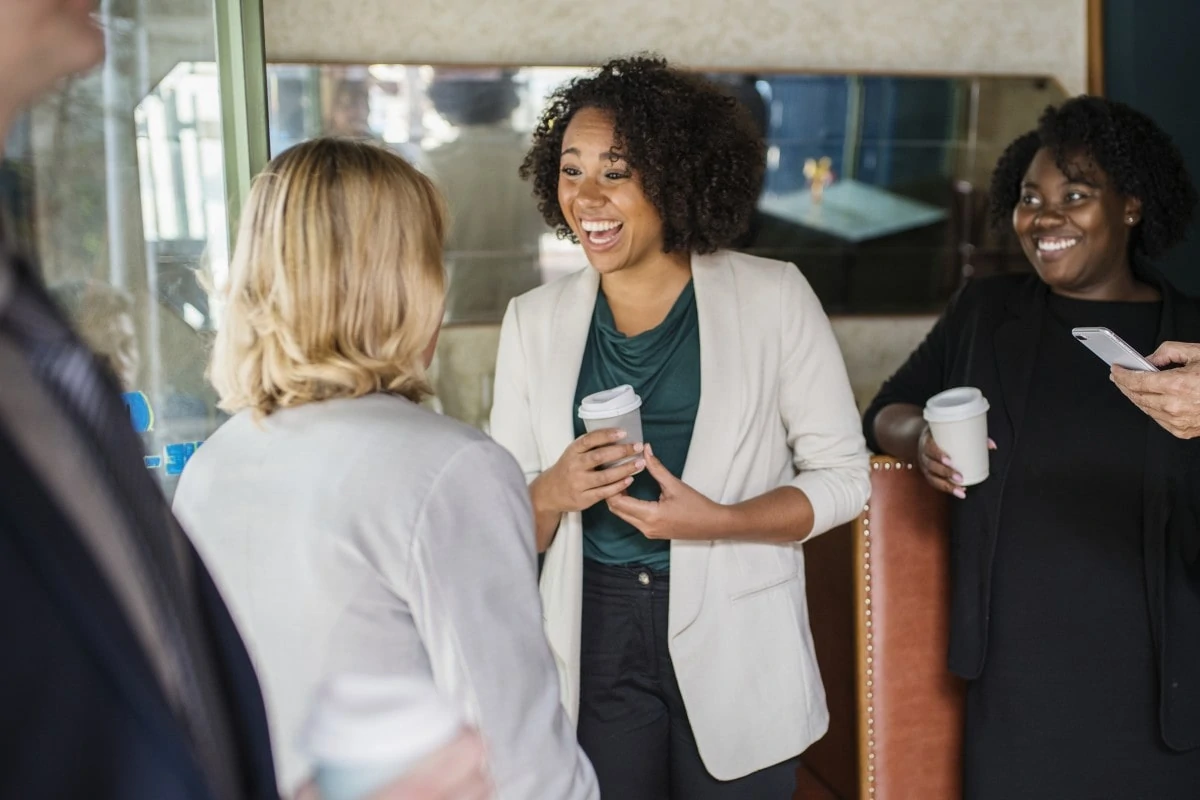

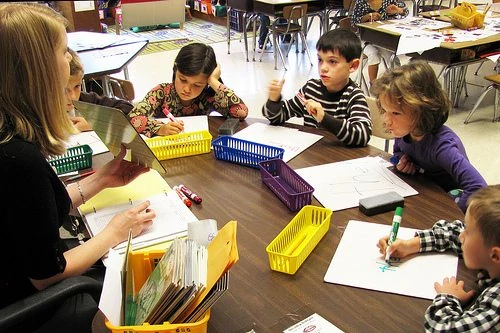
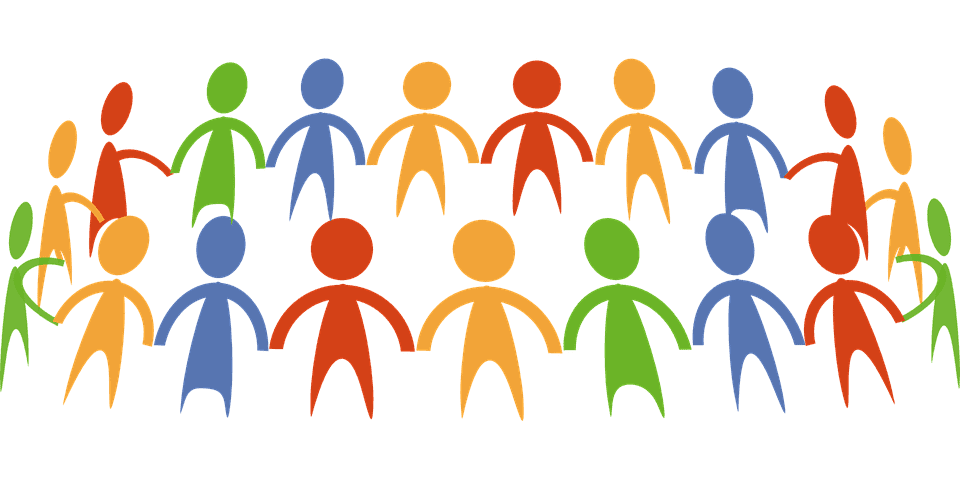

Yes! I so resonate with what you are saying and in our fear-based world it is important to acknowledge all the good people in this world. There are so many!
Thank you, Lynea, for sharing this heartfelt message.
People are longing for actual connection and physically striking up a conversation w/someone we don’t know, can be very rewarding for both parties. It can be as simple as being in a grocery store line and casually bringing up a current event which I do my best to keep positive. A conversation ensues and before you know it, you’re both out of your comfort zone and laughing or feeling more alive than when you entered the store.
This is just one example among many opportunities one can look for throughout the day. I personally love making people laugh which is enjoyable for both people.